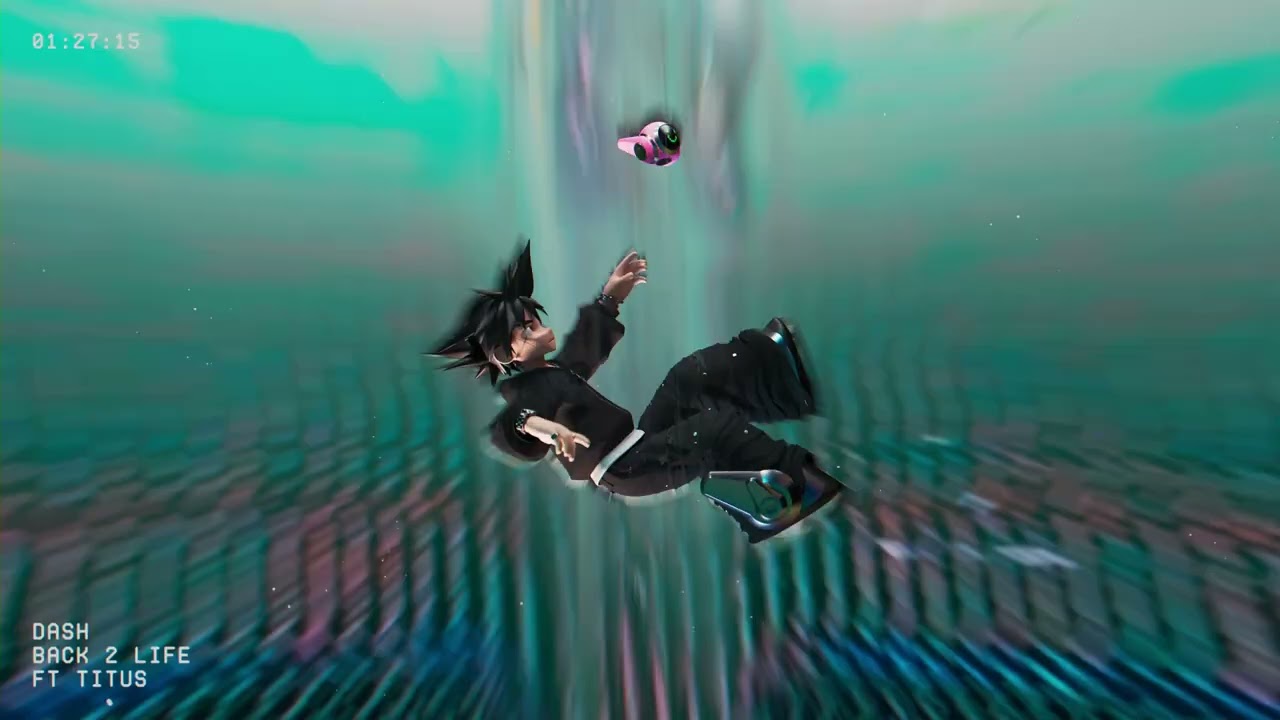Vegeta's final atonement is one of the most powerful moments in all of Dragon Ball, both figuratively and literally. In order to stop Majin Buu once and for all and to make up for all the terrible things he's done in his own life, the proud Saiyan Prince releases all of his energy at once as a giant explosion. As epic as this is, there is a question regarding the logistics behind it.
It's difficult to understand how Vegeta is able to draw on enough of his own power to self-destruct. In most circumstances, even going all-out would normally cause the Z Fighters to simply get exhausted. There are techniques they can use that can cause harm to themselves, but total self-destruction seems a way off. Understanding the logistics behind Vegeta's Final Explosion requires a look at similar self-destruction moves, as well as life-threatening techniques in general.
One type of self-destruction that comes to mind is that of the androids. They have a built-in explosive device and mechanism that allows them to self-destruct at will. It makes sense that they'd be able to blow themselves up because it's an inherent function of theirs.
Humans and other living beings are a different story. Humans have all sorts of natural limiters that prevent them from placing too much physical strain on their own bodies and destroying them. It would make sense for humanoid beings like Saiyans to have similar limiters that would prevent them from using dangerous amounts of power.
Of course, nobody in Dragon Ball is actually bound by human limitations. In fact, the Turtle School training, one of Goku's oldest regiments, is all about surpassing conventional human ability. This is how everyone from Dragon Ball's early arcs onwards can be so powerful. Furthermore, the Z Fighters of Earth practice energy control, which allows them to use as much or as little of their power as need be. It makes sense, at least by the logic of this series, that people would be able to perform techniques greater than anything their bodies can handle.
Surpassing personal limitations explains why so many flesh-and-bone characters are capable of self-destructing. Besides Vegeta, fighters like Chiaotzu, the Saibamen and Majin Buu are all capable of releasing enough explosive force to destroy both themselves and their opponents. Even Goku is capable of self-destructing according to Dragon Ball GT, although he's never shown successfully pulling it off. Of course, blowing up generally comes at the cost of the user's life, so it's only meant as a last resort.
Besides self-destructing, there are plenty of other techniques for pushing fighters past their normal limits with mortal consequences. Attacks like the Tri-Beam and the Evil Containment Wave are infamous for costing the users their lives. The Kaio-ken can enhance the user's physical performance, but if it's used too much, it can cause serious damage to the user's body. All of these techniques and more cause harm to their users because they're too much for them to handle, yet they can still be executed.
Now that it's been established that putting out more power than one can handle is entirely possible in Dragon Ball, the mechanics behind Vegeta's Final Explosion can be properly explored. The technique is simple: Vegeta gathers all his energy, including his life force energy, and releases it as a giant, dome-shaped explosion. Since he uses absolutely everything on this attack, it leaves him as a lifeless husk. Furthermore, the overwhelming energy burns him to ashes and he becomes dust in the wind. It's possible that if he were any weaker when using this attack, there would be nothing left.
The fact that Final Explosion can leave anything of its user over may explain how it's used in Dragon Ball Super. In this series, Vegeta used the technique to defeat Top. However, his body was still intact, albeit severely drained. The explanation is that because Vegeta had become so much stronger than he was when he fought Majin Buu, his body was able to withstand the explosion. As an aside, Android 17 also apparently self-destructed and lived, possibly for similar reasons. Surviving the use of a taxing move through endurance makes sense for techniques like the Tri-Beam and the Evil Containment Wave, but surviving blowing oneself up is hard to defend.
In any case, with how Dragon Ball works, self-destructing is an entirely possible move. Living characters are able to use far more power than they're meant to and release it with deadly force. The only real head-scratcher is how anyone can blow themselves up and survive like in DBS. However it works, self-destruction is only ever meant for when the user has no other means of overtaking their opponent, so it rarely comes up anyway.
About The Author

